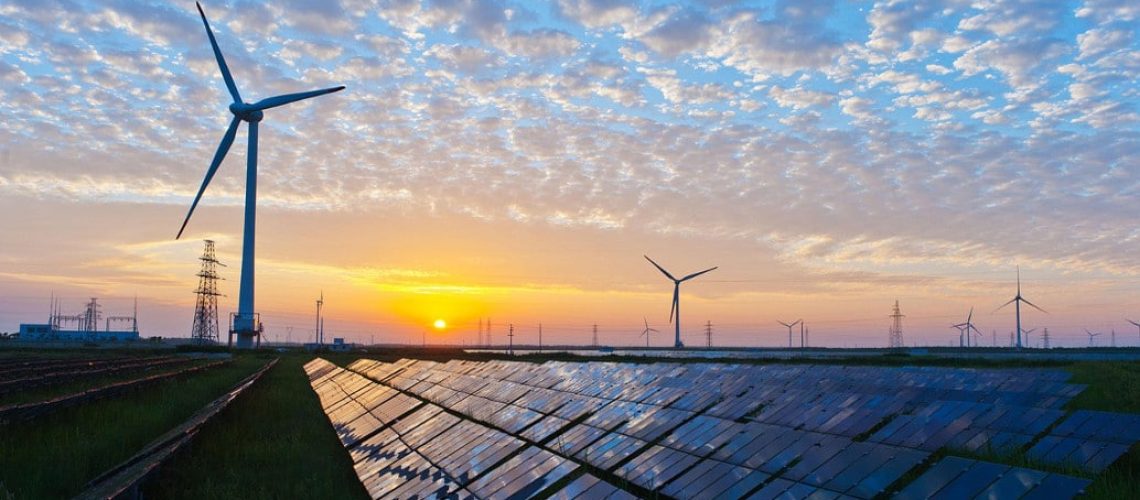A report from Wood Mackenzie examines how the global shift to heightened interest rates to combat inflation is squeezing the energy transition.
After a period of historically low interest rates from 2009 to 2022, central banks have sharply raised interest rates to fight inflation. The increase of cost of capital has “profound implications” for the energy and natural resource industries, said a report from Wood Mackenzie.
A transition to a net-zero economy could require $75 trillion of investment globally by 2050, said the report. The cost and pace to transition to low-carbon technologies is challenged by the higher cost of capital.
Wood Mackenzie said the economy has departed from the post-Great Recession “zero era” rates and likely will remain that way for “the next couple of decades.”
A “higher for longer” sentiment for interest rates has been echoed by Federal Reserve members in recent months. Globally, structural inflationary trends like global trade reshuffling, deglobalization, and an emphasis on nearshoring industry and employment over raw macroeconomics may keep rates elevated for a while.
“Highly capital intensive and often reliant on subsidies, low-carbon energy and nascent green technologies are most exposed [to high rates],” said the report. “Debt accounts for a higher share of the capital structure for low-carbon energy sectors.”
Wood Mackenzie said that the oil and gas industry, while also highly capital-intensive, has far less exposure to the cost of debt and is therefore less affected by the higher rate environment. Gearing, or the ratio of debt to equity, is typically higher with renewables and nuclear energy development than in mining, oils, and gas.
“Debt from bonds and project finance, secured against long-term power purchasing agreements, has been used to fund rapid growth in renewables,” said Wood Mackenzie. “While power and renewables companies have higher gearing, they do compare favorably with other peer groups on a cost-of-debt basis.”
Renewable investments have greater price certainty than their oil and gas counterparts, making them a less risky investment and enabling lower borrowing costs. Plus, the levelized cost of electricity (LCOE) for new-build solar is now 29% lower than any fossil fuel alternative, reported Ernst and Young. With solar module prices continuing to plummet to record lows, this lower-cost and predictable electricity source may serve as a powerful long-term combatant to inflationary pressures.
Interest rates have squeezed this LCOE advantage, said Wood Mackenzie. In its analysis, interest rates increasing by 2 percentage points lead to an LCOE increase of 20% for renewables, and 11% for a combined-cycle gas turbine plant. Despite this, Wood Mackenzie said renewables hold an advantage in LCOE, even without any subsidies attached.

While it is difficult to place a dollar value on the cost of damages from climate change and what a transition to net-zero emissions would do to mitigate damage, a report from the Potsdam Institute in Berlin assessed annual climate-related costs at $38 trillion per year by 2050. In the face of these costs, the $75 trillion global price tag for transitioning the global economy to net-zero emissions looks more palatable.
While the oil and gas industry is less affected by the higher interest rates, and oil giants have lowered their debt significantly from 2020 through 2023, Wood Mackenzie said the availability of finance may pose problems for the fossil fuel industry. Environmental, social, and governance concerns are contributing to an ever-shrinking list of lenders, it said.
Wood Mackenzie said governments should continue to subsidize the energy transition to encourage investment, despite rising debts and debt servicing costs. It recommends a strategy that focuses on efficient, non-discriminatory subsidization, a bolstering of global carbon markets, and mobilization of climate finance.
“Policymakers need to act to offset the interest-rate headwinds. Removing obstacles such as slow permitting and project approval and offering clear, consistent and sustained incentives will support nascent low-carbon technologies,” said Wood Makenzie. “Strengthening global carbon markets, maximizing subsidy efficiency and mobilizing green finance are also essential. A higher interest-rate environment might be what it takes to get policymakers to spring into action.”



